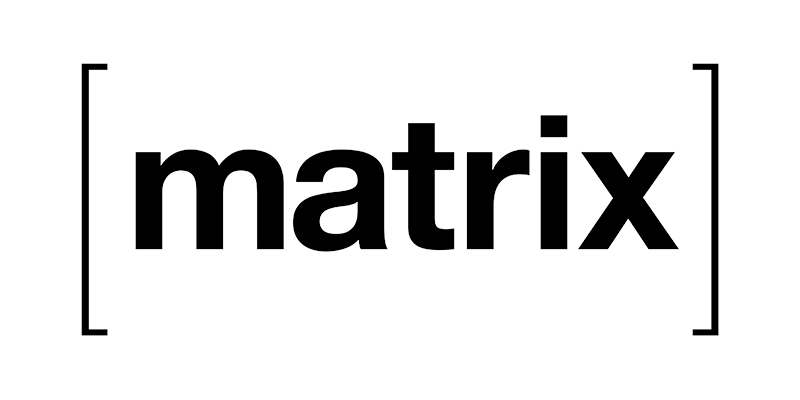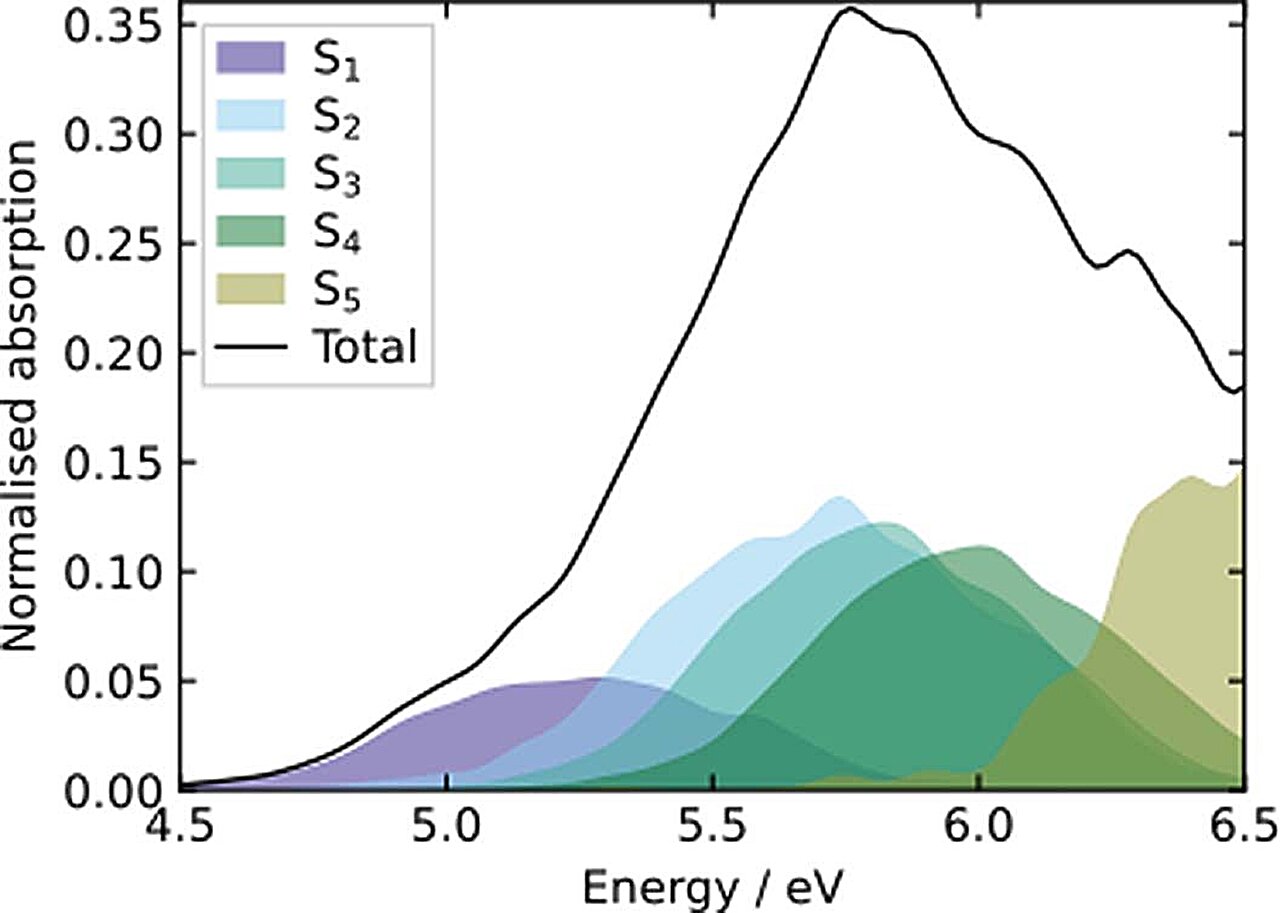
Metasurface-based key for computational imaging encryption
Optical metasurfaces can offer high-quality multichannel displays by modulating different degrees of freedom of light, demonstrating great potential in the next generation of optical encryption and anti-counterfeiting. Different from the direct imaging modality of metasurfaces, single-pixel imaging (SPI) as a typical computational imaging technique obtains the object image from a decryption-like computational process. Here, we propose an optical encryption scheme by introducing metasurface-images (meta-images) into the encoding and decoding processes as the keys of SPI encryption. Different high-quality meta-images generated by a dual-channel Malus metasurface play the role of keys to encode multiple target images and retrieve them following the principle of SPI. Our work eliminates the conventional digital transmission process of keys in SPI encryption, enables the reusability of a single metasurface in different encryption processes, and thereby paves the way toward a high-security optical encryption between direct and indirect imaging methods.
Nowadays, information security is of great importance in every aspect of life and thereby spawns various modern encryption modalities. Among them, optical encryption exploits abundant degrees of freedom (DOFs) of light (e.g., amplitude, phase, polarization, wavelength, and orbital angular momentum) to encode and decode target information, which opens a new door for information security communications and storage. Composed of two-dimensional (2D) arrays of nano-/micro-light scatterers (e.g., antennas and resonators), metasurfaces can effectively tailor different DOFs of light with their ultra-thin thicknesses (1–14), leading to a series of potential applications in optical encryption. By modulating the polarization states and nonlinear responses in multiple channels, metasurface imaging has been used to encode and decode different images (15–34). By modulating both the spectral and polarization responses, metasurface holography has been successfully applied to hiding different information into different colors and polarization channels (16–29). By controlling the linear polarization states for both the incident light and outgoing light, Malus metasurfaces that operate based on Malus’s law have been designed and applied to multi-image encryption and anti-counterfeiting (30–34).



















